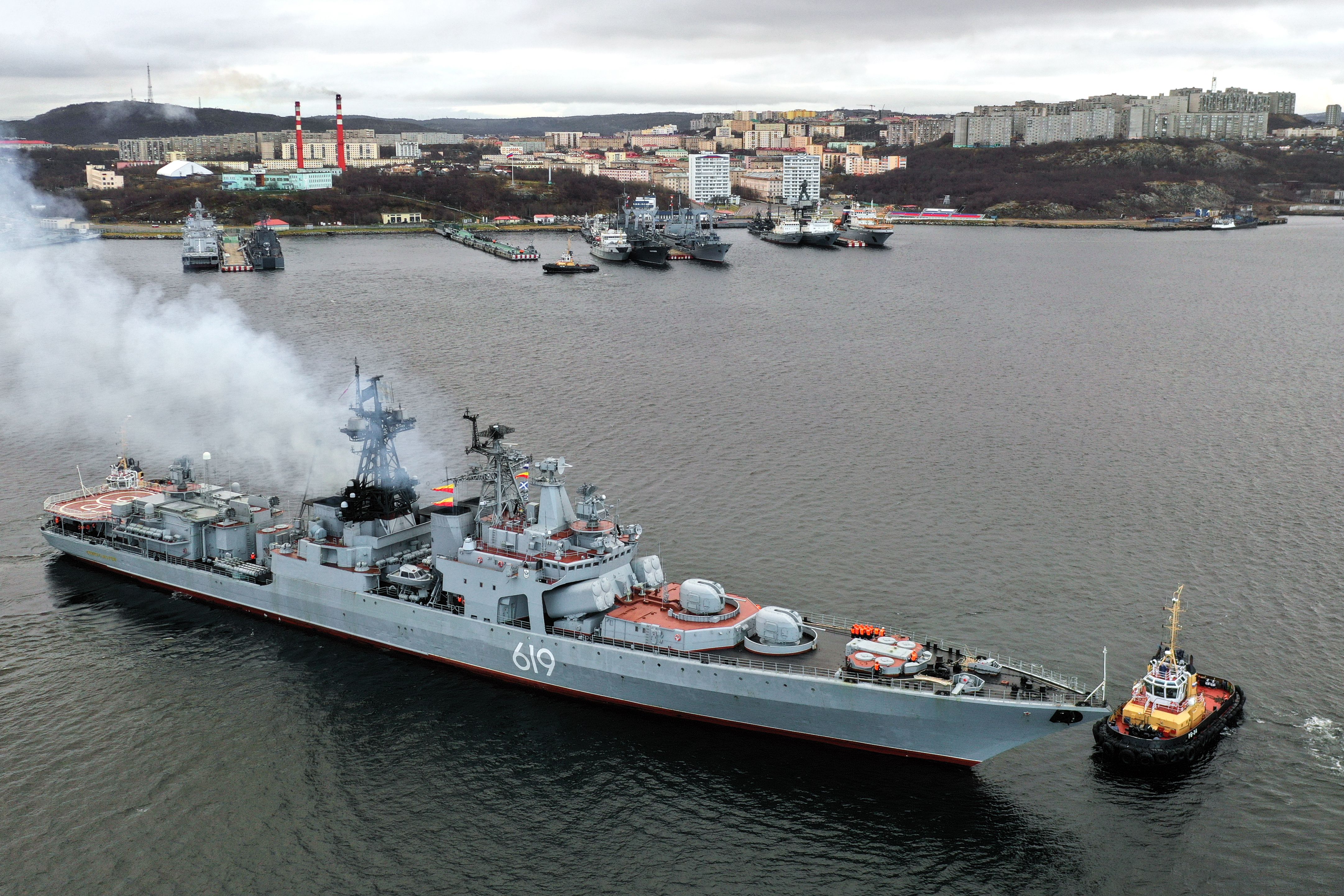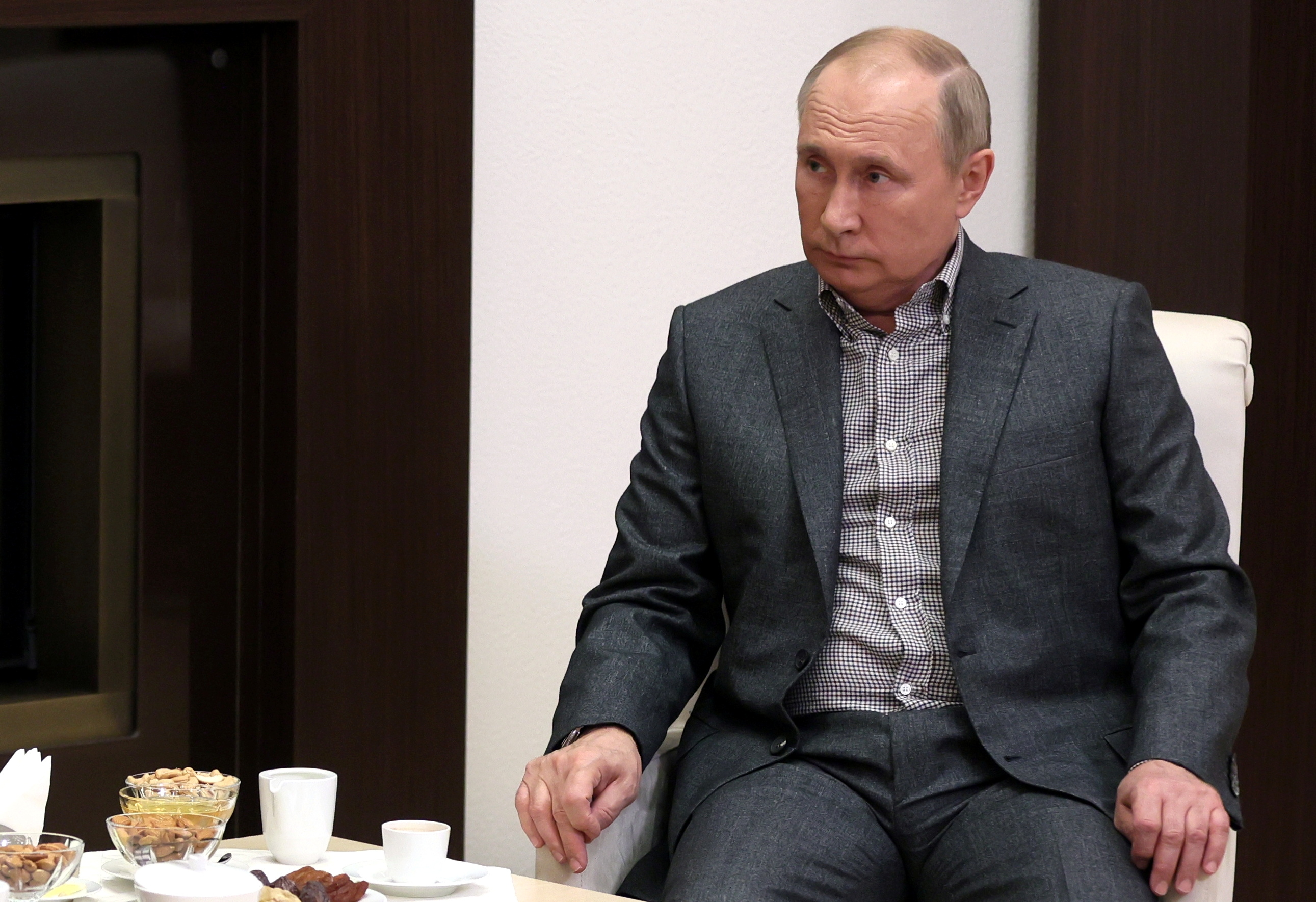Russia Adopts More Confrontational Maritime Doctrine
On 31 July, Vladimir Putin approved Russia’s new maritime doctrine. Compared to the one from 2015, this update is definitely more confrontational with the U.S. and NATO. It identifies the Arctic as the most important region in which Russian interests are to be secured. This means that Russian military activity in the Far North will increase, which, like the declared strengthening of Russia’s naval capabilities in the Baltic Sea, will create tensions with NATO countries.
 SPUTNIK/Reuters/Forum
SPUTNIK/Reuters/Forum
What is the context of the new doctrine?
The maritime doctrine regulating Russia’s maritime policy in both the civil, mainly economic, and military dimensions is another Russian strategic document, after the national security strategy (adopted in July 2021), that has recently been revised. Changes in the policy result from, among others, Russia’s military operation in Ukraine and the revision of its strategic goals, which, according to Putin’s statements from last autumn, are to focus on securing Russia’s own interests using all measures, including military ones. As in other areas, Russia views U.S. policy as the main challenge and describes it in the doctrine as “the hegemon of the World Ocean”. The new doctrine replaces the previous one from 2015, which was much less explicit about confrontation with the U.S. and NATO and focused on economic issues. In the current doctrine these issues are pushed to the background. The document also takes into account the results so far of the war against Ukraine, including control of the Sea of Azov by Russia and difficulties in operating in the Black Sea; the conclusions of the June summit of the leaders of the Caspian Basin countries (use of natural resources, prohibition of the operation of naval units of third countries); and the accession of Finland and Sweden to NATO, which is defined as a source of challenges for Russia in the Baltic Sea.
Which regions will Russia focus on?
While the previous doctrine focused on the Atlantic direction, including the Baltic, Black, Azov and Mediterranean basins, the updated document treats the Arctic and the Pacific Ocean as the priority. Russia’s most important goal is to exploit the natural resources of the continental shelf, where extraction has become possible and the transport potential through the Northern Sea Route has increased thanks to climate change. Therefore, Russia will try to acquire technologies for the development of its mining and shipbuilding industries. The document also declared the expansion of the potential of the Northern Fleet and the Pacific Fleet, which are to protect Russian interests in the Arctic and Pacific oceans. Although the Atlantic direction is formally less important than before, the doctrine indicates that this area will be a place of increasing competition with NATO, which is perceived as the most important military adversary. Therefore, Russia declares the need for further expansion of ports in the Baltic Sea and the potential of the Baltic Fleet, which will, among other factors, guarantee the security of the Kaliningrad Oblast. Moreover, the document points to the need to increase the Russian military and economic presence in the Azov and Black seas. It declared the will to develop cooperation with countries of North Africa and the Middle East (the Mediterranean region), including increasing the Russian military potential in Syria, and with countries of the Indian Ocean (India, Iran, Iraq, Saudi Arabia), many of which were not listed in the previous version.
How does Russia seek to implement its new doctrine?
The goals are more ambitious than those expressed in the 2015 document, and therefore they require increasing Russia’s maritime military potential by expanding the navy, expanding the network of foreign maritime bases through cooperation with other countries, and expanding the merchant fleet (most likely through a system of incentives to fly its flag, including security guarantees). Numerous state institutions and business will be responsible for the development of the maritime economy and increasing military capabilities. However, considering Russia’s near-term economic difficulties and the almost complete absence of cooperation with Western countries and the lack of the possibility of legally acquiring technologies related to the extraction of raw materials or development of modern weapons, these goals will be very difficult to achieve. An additional limitation is the protracted war with Ukraine, including the plan to join the four eastern regions of Ukraine to Russia, as declared by the Russian authorities, and the related military and financial effort. With the necessity to make significant investments, mainly in land capabilities, the needs of the navy will most likely be sidelined. The lack of sufficient funds and the related difficulties in expanding the military and civilian fleets will make it difficult for Russia to conclude agreements with other countries on the establishment of new military bases. Moreover, China will also be a competitor for cooperation with African countries. This means that most of the goals set out in the new document will be exceedingly difficult, if not impossible, to achieve.
What does the new doctrine mean for NATO?
Although Russia will have difficulties in implementing all goals set in the new doctrine, it will focus on selected areas—the most important ones from its point of view—such as the Arctic or Atlantic direction, with particular emphasis on the Baltic and Black seas where it will provoke confrontation with the U.S. and NATO. This will create additional challenges for the Alliance related to the need to develop its maritime military potential and secure both militarily and economically (extraction of raw materials, sea transport, pipeline transport) the waters of the NATO members that border Russia. The goals indicated in the new Russian doctrine also show the importance of maintaining and widening the sanctions, which will make it difficult for Russia to implement its assumptions related to the expansion of its merchant fleet and navy, as well as pursue the exploitation of the continental shelf. Also, western and other states’ support for Ukraine, both militarily and economically, will limit Russia’s ability to expand its naval military potential and pursue a policy of confrontation towards NATO in that region. It is important to increase the diplomatic effort of NATO members in relation to African or Middle Eastern countries in order to discourage them from cooperating with Russia.





